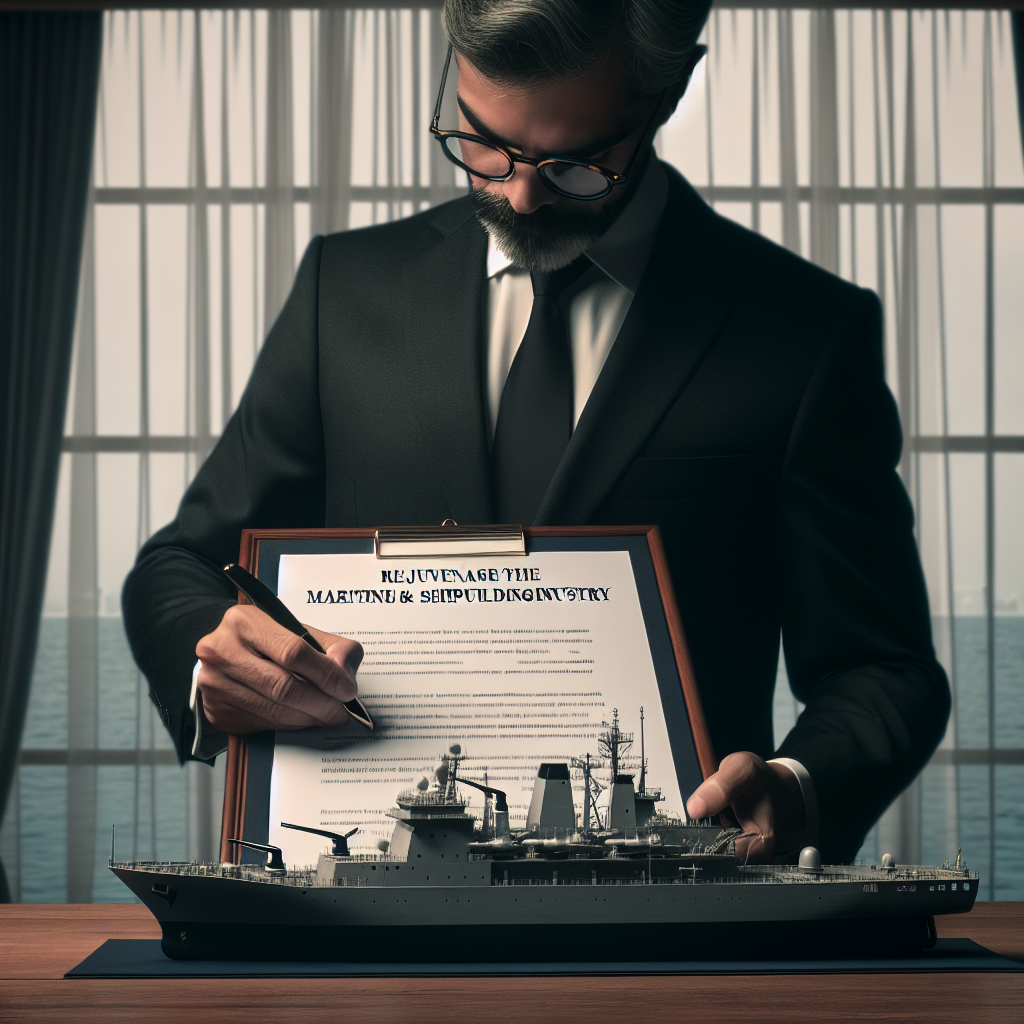On Wednesday, April 9th, US President Trump signed an executive order aimed at revitalizing the American maritime and shipbuilding industry, boosting the economy, enhancing national security, and responding to China’s expanding influence in the global maritime domain.
According to the statement released by the White House, the executive order covers several key policies, including streamlining government procurement and regulatory processes, expanding public and private investment in the maritime industry, establishing the “Maritime Security Trust Fund” and shipbuilding incentive mechanisms, strengthening seafarer training, and increasing the number of commercial vessels flying the American flag. The government will also establish a dedicated office to coordinate maritime and industrial policies, and review safety strategies in the Arctic waters to address the growing activities of foreign powers in that region.
The order specifies the launch of the “Maritime Action Plan” (MAP) to put forward specific strategies to rebuild the resilience and global competitiveness of the American maritime industry. The Department of Defense will be authorized to assess the use of the Defense Production Act Title III to promote infrastructure and shipbuilding plans in cooperation with the private sector, speeding up industry upgrades.
In response to China’s monopoly position in international shipbuilding and logistics systems, the order instructs the US Trade Representative to propose specific measures to counter China’s dumping and unfair subsidy practices in the ship, container, and port equipment sectors. The Department of Homeland Security will strengthen the mechanism for collecting port maintenance fees to prevent goods from being diverted to the US through third countries, ensuring fair systems and providing stable funding for domestic port construction.
According to White House data, the US currently only constructs 0.2% of global vessels, while China’s share is as high as 74%; in terms of container manufacturing, China’s market share exceeds 96%, compared to zero for the US; nearly 80% of the ship-to-shore cranes used in US ports are also manufactured by China. In addition, software developed by Chinese state-owned enterprises has been widely installed in multiple port systems in the US, posing serious national security risks.
President Trump recently emphasized in a joint address to Congress that he is committed to restoring the glory of the American shipbuilding industry: “We were once a world shipbuilding powerhouse, but now we have all but stopped shipbuilding. However, this situation will change rapidly. We are massively restoring ship production, the speed of which will be astonishing and will have far-reaching effects on the nation.”
This policy is seen as an extension of Trump’s “America First” strategy, marking a resurgence of US government support for the maritime industry from various aspects such as institutions, investments, talent, defense, and foreign trade, aiming to rebuild America’s strategic position in the global maritime domain.

